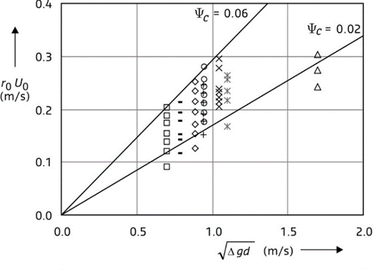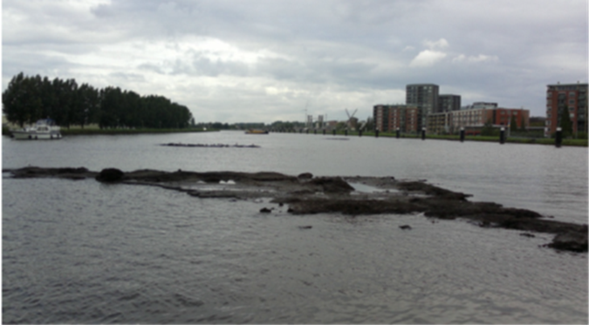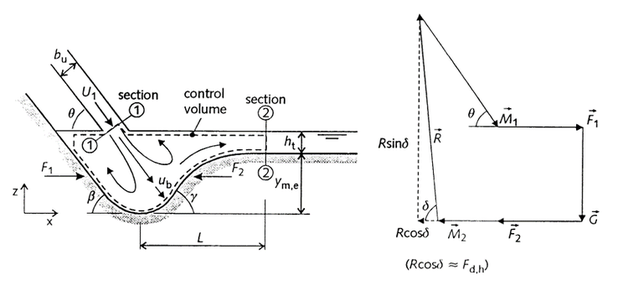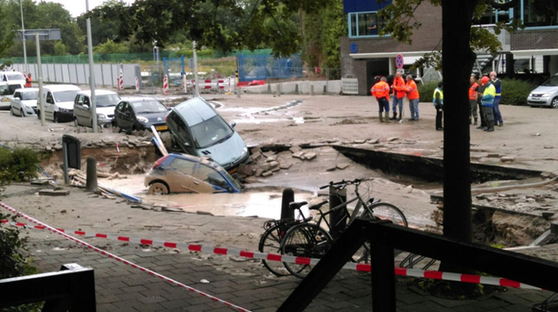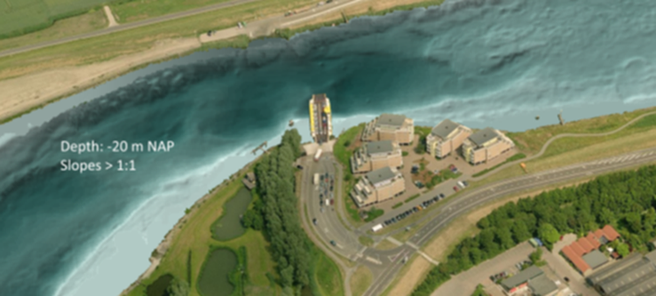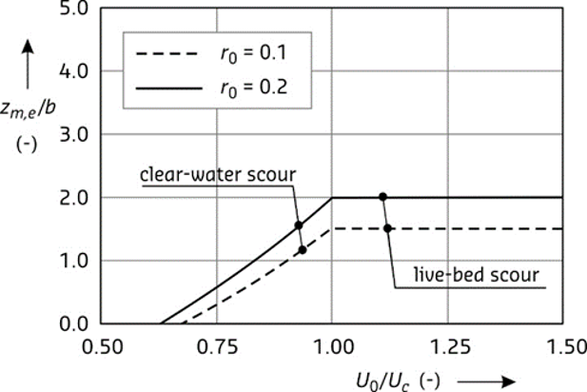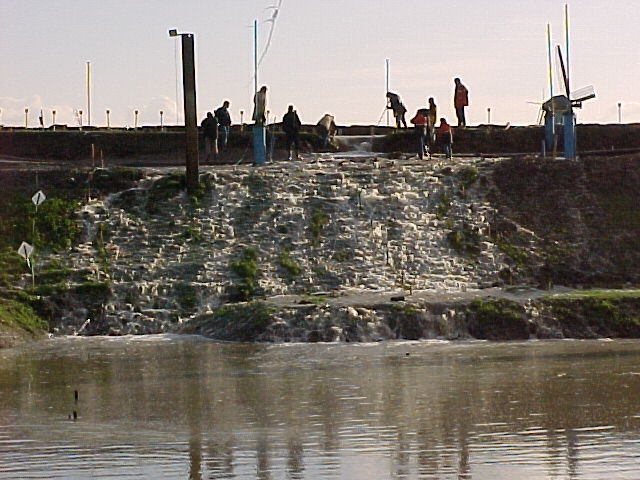Scour Manual
In February 1953, many dikes in the southwestern provinces of the Netherlands failed during a heavy storm flood. As a result of this disaster, various hydraulic and geotechnical problems had to be solved to determine suitable solutions to the breaches in the flood defences. To study the effects of closures, small-scale tests were conducted at Delft Hydraulics to obtain information on the critical flow rate for the stone and concrete block stability, the overlap of mattresses, and the scour effects downstream of the hydraulic structures.
It is crucial to design hydraulic structures that are reliable and safe during their life cycle. To ensure safe long-term functioning of hydraulic structures, it is necessary to consider failure mechanisms, boundary conditions, and design criteria. After addressing the boundary conditions, fault tree analysis and risk assessment are discussed in the new Scour Manual, which is an update to the version published in 1997. Two methods are treated: one based on safety factors and one based on failure probability.
